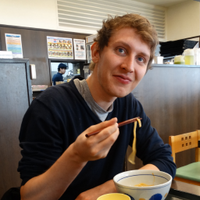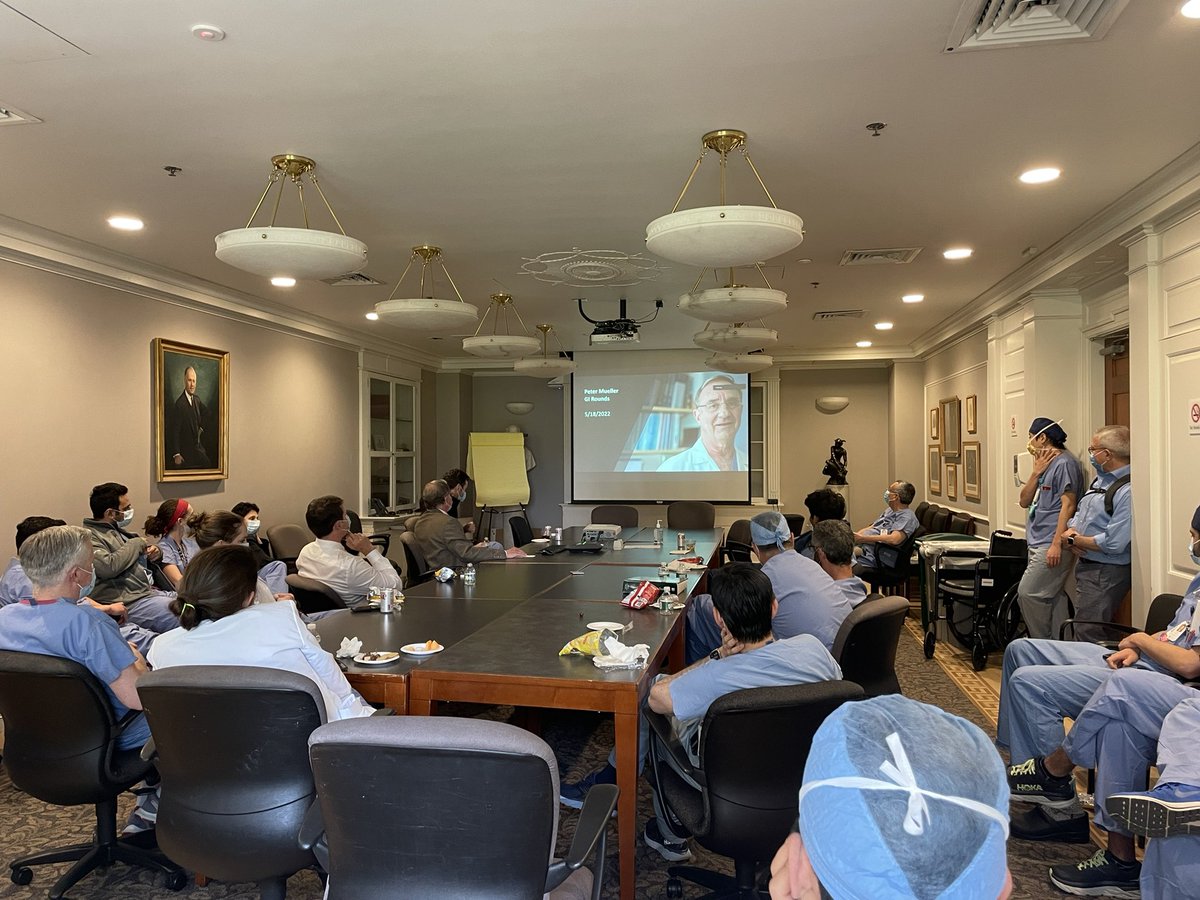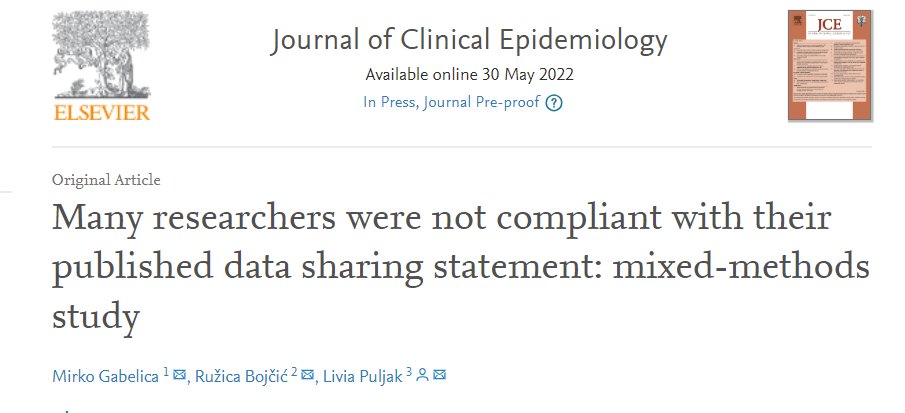
George C. Linderman
@gclinderman
@MGHSurgery resident | MD/PhD, Applied Mathematics @YaleMed | Working on methods for denoising, analyzing, and visualizing high dimensional datasets.
ID: 880396676133003264
https://gclinderman.github.io/ 29-06-2017 12:04:59
908 Tweet
1,1K Followers
1,1K Following
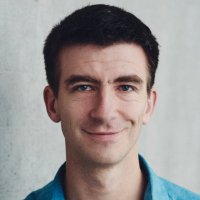
My paper on Poisson underdispersion in reported Covid-19 cases & deaths is out in Significance. The claim is that underdispersion is a HUGE RED FLAG and suggests misreporting. Paper: rss.onlinelibrary.wiley.com/doi/10.1111/17… Code: github.com/dkobak/covid-u… Figure below highlights 🇷🇺 and 🇺🇦. /1



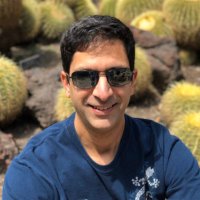
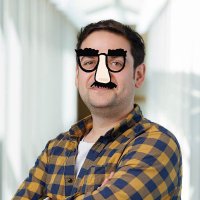
Our single-nucleus cross-tissue cell atlas is out in Science Magazine as part of Human Cell Atlas: science.org/doi/10.1126/sc… w/ Eugene Drokhlyansky, Shankara Anand, Evgenij Fiskin, Ayshwarya Subramanian, François Aguet, Ayellet Segrè, Orit Rozenblatt-Rosen, Kristin Ardlie, Aviv Regev & many others 1/

A big day for life science The Tabula Sapiens, like a Periodic Table of Human Cells, ~500,000 cells analyzed, 24 tissues / organs Science Magazine "a broadly useful reference to deeply understand and explore human biology at cellular resolution" science.org/doi/10.1126/sc…

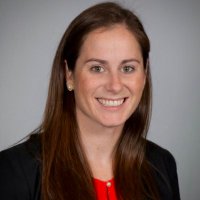
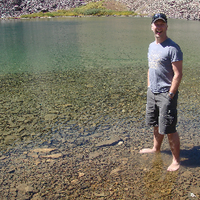


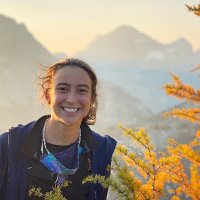
Lucy L. Gao, Josh Popp, Alexis Battle, Daniela Witten and I are excited to share our new preprint!(arxiv.org/abs/2207.00554) We introduce “count splitting”, a flexible framework that allows for valid p-values for differential expression across estimated latent variables. (1/8)

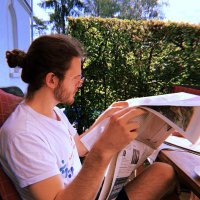
Ever wondered what image datasets look like if they could be visualized? We have developed a new algorithm for visualization based on contrastive learning. Joint work with Dmitry Kobak and @CellTypist. The full details are available as a preprint arxiv.org/abs/2210.09879 🧵/16



A very long overdue thread: happy to share preprint led by Sebastian Damrich from Fred Hamprecht's lab. *From t-SNE to UMAP with contrastive learning* arxiv.org/abs/2206.01816 I think we have finally understood the *real* difference between t-SNE and UMAP. It involves NCE! [1/n]
![Dmitry Kobak (@hippopedoid) on Twitter photo A very long overdue thread: happy to share preprint led by Sebastian Damrich from <a href="/FredHamprecht/">Fred Hamprecht</a>'s lab.
*From t-SNE to UMAP with contrastive learning*
arxiv.org/abs/2206.01816
I think we have finally understood the *real* difference between t-SNE and UMAP. It involves NCE! [1/n] A very long overdue thread: happy to share preprint led by Sebastian Damrich from <a href="/FredHamprecht/">Fred Hamprecht</a>'s lab.
*From t-SNE to UMAP with contrastive learning*
arxiv.org/abs/2206.01816
I think we have finally understood the *real* difference between t-SNE and UMAP. It involves NCE! [1/n]](https://pbs.twimg.com/media/Fi922YhXkAAZy7Y.jpg)

The best way to make an algorithm outperform t-SNE in a benchmark has always been to compare against scikit-learn's implementation. Glad that it is now being modernized. Great work and congratulations on a sweet bug fix by Dmitry Kobak and Weiyi!



One of most important articles I’ve done… showing the noise in clinic BP measurement is large & makes it impossible to track Rx effects; almost useless in evaluating change from 2 clinic visits. Let me explain… ahajournals.org/doi/abs/10.116… Yale School of Medicine Yale Cardiology Circ: CQO

